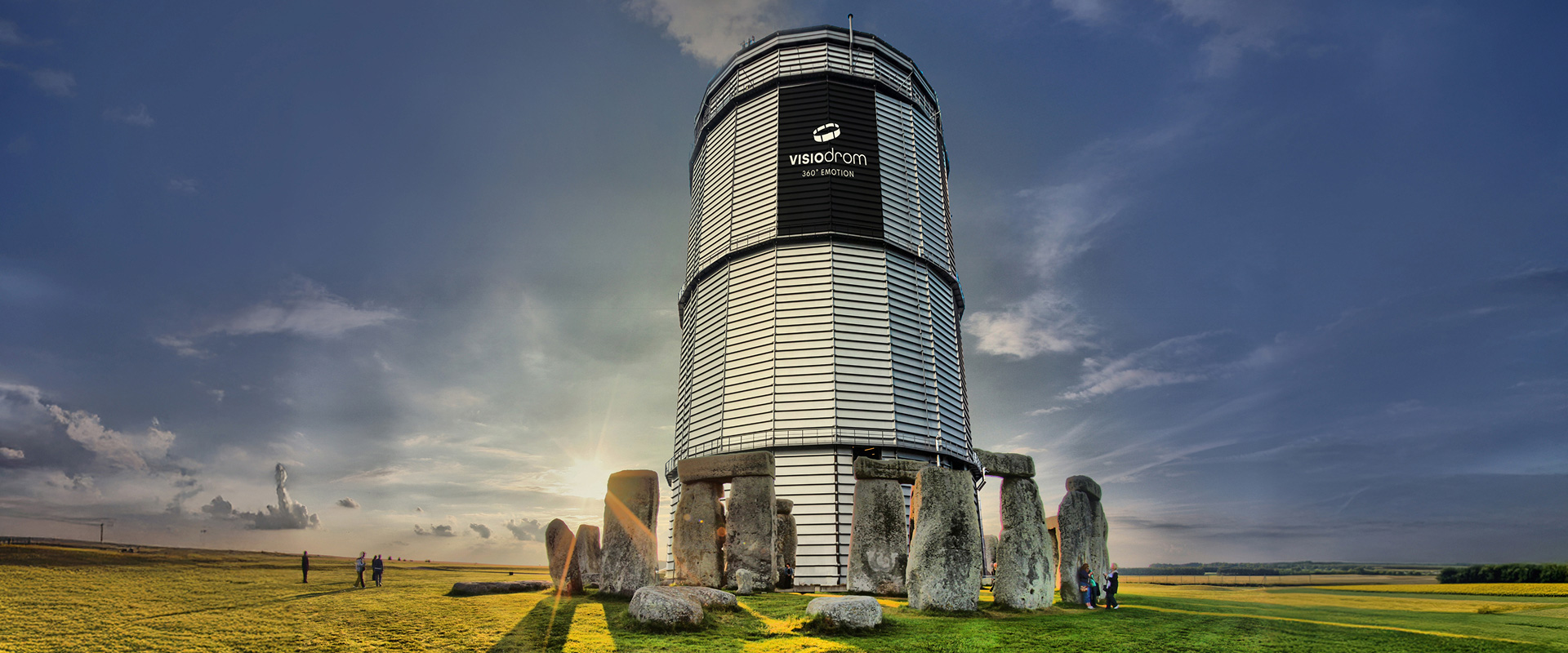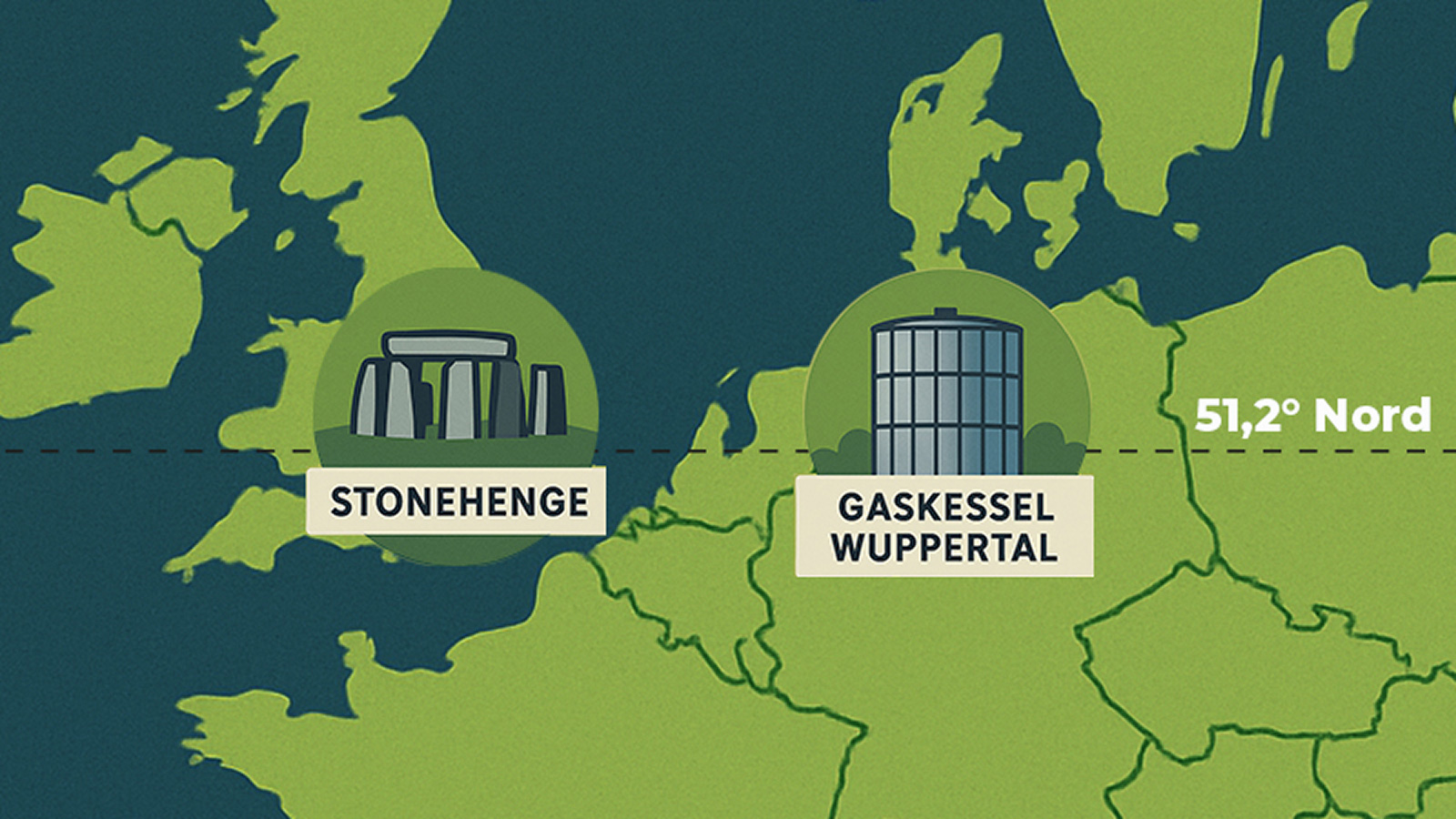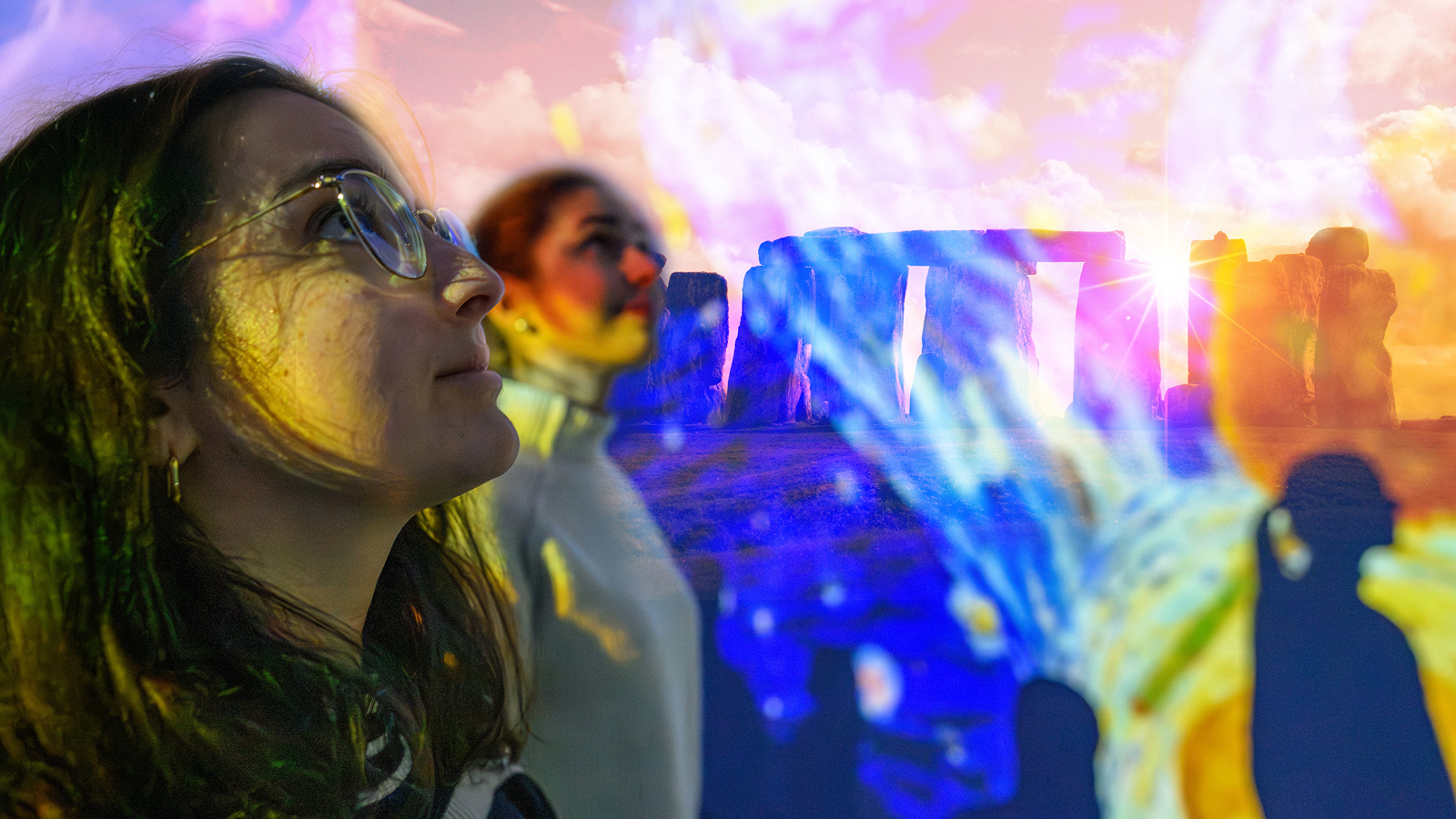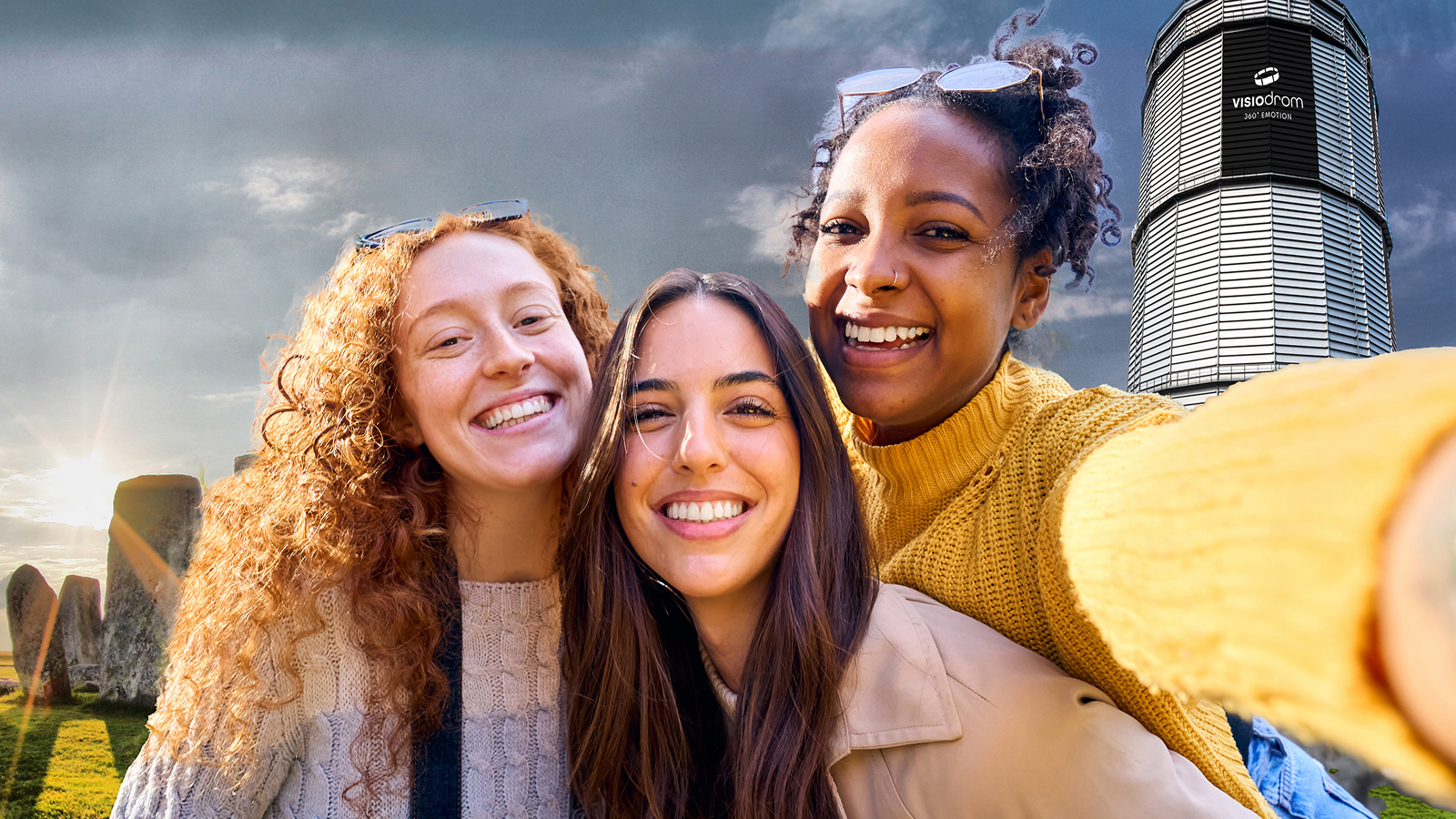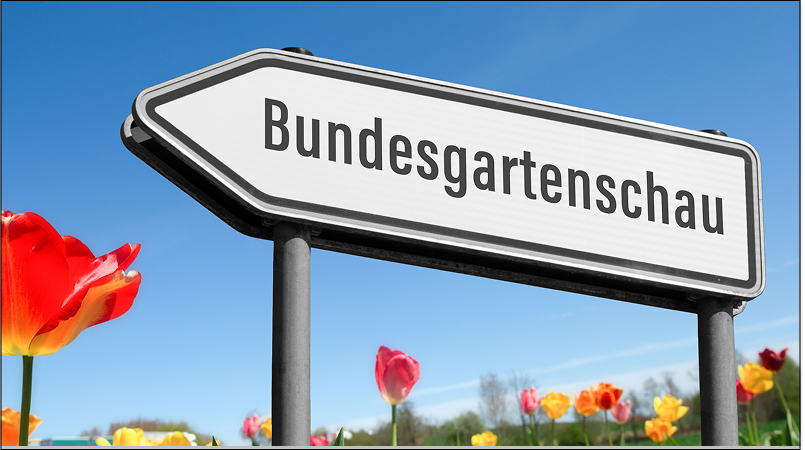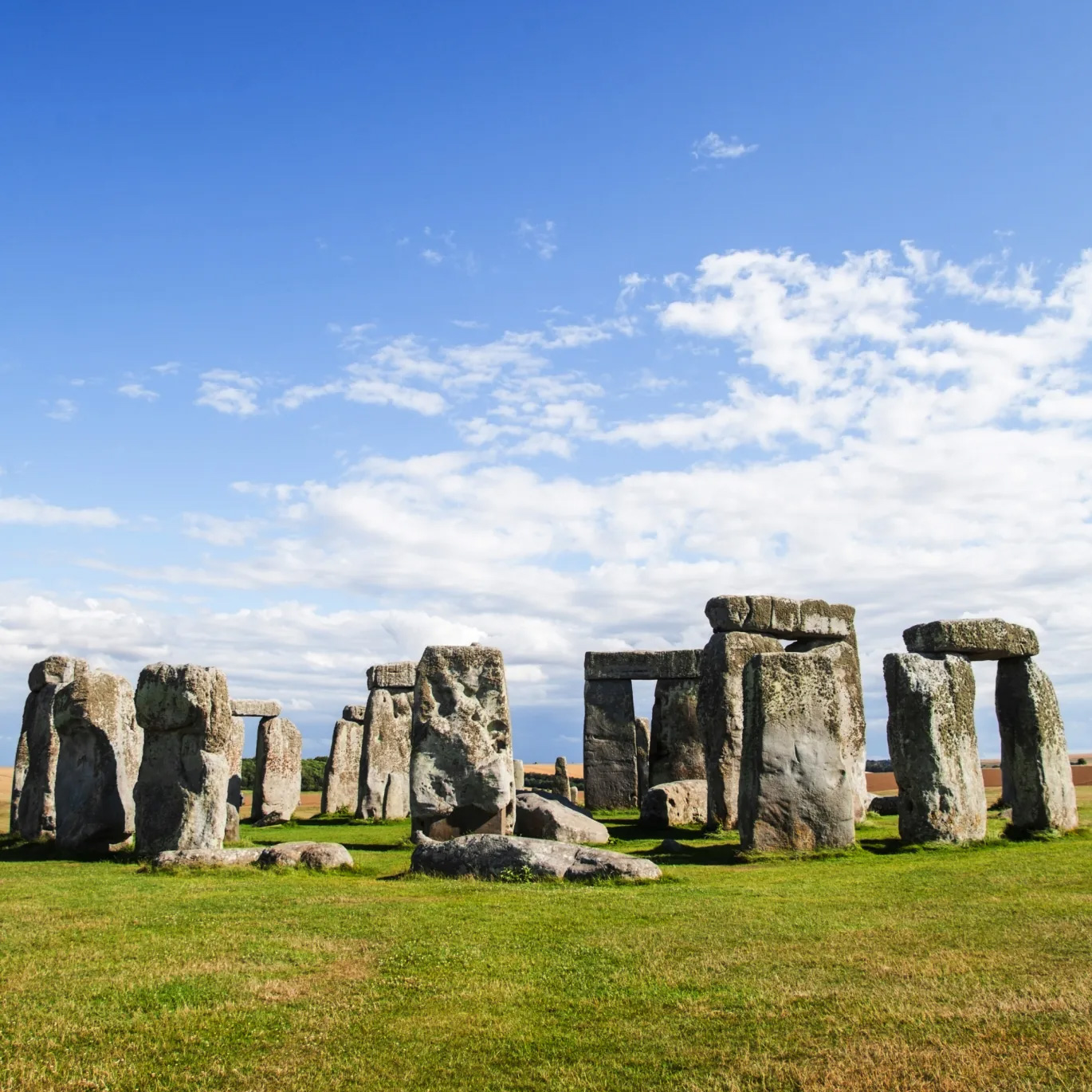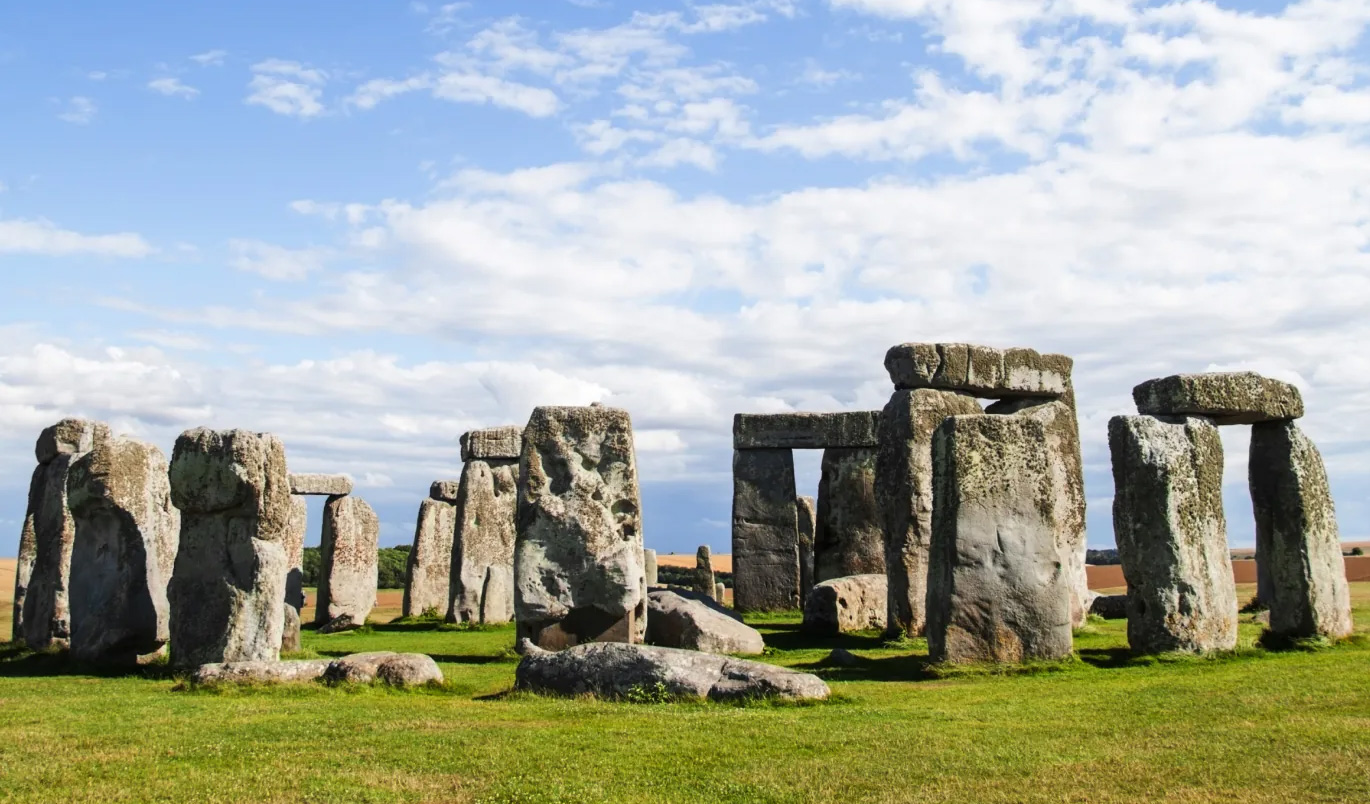Latitude 51.2° North
The world-famous stone circle in Wuppertal
What is a prehistoric world heritage site suddenly doing in Wuppertal? Quite a lot this summer. From mid-July (exact date to be announced), a full-scale replica of Stonehenge will be erected in the adjacent parking lot right next to Gaskessel, which is home to Visiodrom. Thousands of years of history meets industrial culture.
The idea is as simple as it is fascinating: Wuppertal and the world-famous Stonehenge stone circle in southern England lie almost exactly on the same latitude – 51.2° north. This invisible line not only connects two places, but also times, cultures and world views. This is precisely the origin of the art and culture project “Connected by the Horizon”, which brings the past to life and poses new questions about human history.
OPENING HOURS & TICKETS
Stonehenge exhibition (outdoor): Wednesday to Sunday, 12:00 – 18:00, admission: €8
Van Gogh at Visiodrom (interior with show and exhibition):
Wednesday to Sunday, 10:00 – 18:00, admission: €17
Combined ticket for both experiences: only €22
History comes to life:
An extraordinary learning and experience space in the open air
The walk-through stone circle is complemented by multimedia containers that allow visitors to experience the history of the monoliths from the Neolithic period, theories on their use and the significance of cardinal points, time and space. An accompanying film about Stonehenge is shown in one container. On Thursdays and Fridays, these images are also projected onto the big screen at Visiodrom from 6 p.m. – followed by a visit to the Skywalk at Visiodrom, which is sure to be an atmospheric evening highlight.
While the immersive Van Gogh show at Visiodrom transports visitors into a world of colorful images, Stonehenge offers an open-air experience outside – impressive, mysterious and close enough to touch. An experience that connects generations – with knowledge, imagination and a real spirit of discovery.
SPECIAL HIGHLIGHT
Thursday and Friday (from the end of July) the Stonehenge film will also be shown in the Visiodrom from 6 pm – an atmospheric finale to an impressive day.
FOR ALL THOSE WHO WANT TO KNOW MORE
About our history, the sky and what connects people.
This tangible temporary art installation is aimed at families, school classes, people interested in history and the Middle Ages, fans of archaeological puzzles, people with an interest in astronomy, English culture or simply leisure and cultural experiences in their own urban space. A monument of human history meets a place of ideas: Stonehenge, rethought – at Visiodrom in Wuppertal.
BUGA 2031
Feel the past. Discover the future.
In addition to the monumental stone circle from the Neolithic period, the site also offers a glimpse into the future: BUGA 2031 is represented on site with its own interactive information container – and makes it possible to experience today how Wuppertal will change in the coming years.
This is where human history and urban vision, archaeological mysteries and the urban future meet.
The outdoor project “Stonehenge” is not only a place of wonder, but also a space for ideas, questions and perspectives – impressive, immersive and surprisingly up-to-date.
THE ORIGINAL
What is Stonehenge?
Stonehenge is one of the most famous and mysterious structures in human history. The stone circle is located near the town of Salisbury in the south of England and was built around 4,500 years ago – during the Neolithic and early Bronze Age.
The monument consists of huge sandstone blocks that have been placed in a circle and as archways. Some of the stones are up to 9 meters high and weigh more than 40 tons. How people managed to transport these colossi over long distances and erect them with millimetre precision remains a mystery to this day – and part of its fascination.
Much about Stonehenge has not yet been conclusively clarified. One thing is certain: the site was built over several centuries and changed again and again. The alignment of the stones shows astonishing precision: at the summer solstice, the sun shines exactly over the so-called Heel Stone – an indication that Stonehenge was also used as a calendar or astronomical observatory.
But Stonehenge was probably much more:
A sacred place, a place for rituals, mourning, healing and community. Researchers assume that people from all over Great Britain came together here – a meeting place of early culture that had significance far beyond its region.
Today, Stonehenge is a UNESCO World Heritage Site and a symbol of what unites us as humanity: the search for meaning, orientation and the wonder of the heavens above us.

